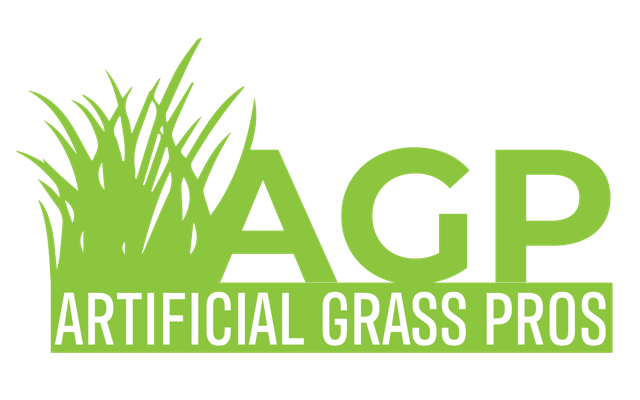Synthetic turf, also known as artificial grass, has become a popular option for homeowners, businesses, and sports facilities due to its low maintenance and year-round lush appearance. If you’re considering installing synthetic turf, here’s what you need to know to make an informed decision.
1. Understanding Synthetic Turf
Synthetic turf is made from plastic fibers designed to look like natural grass. The materials vary, but most are made from polyethylene, polypropylene, or nylon. Each material type has pros and cons, depending on the intended use.
- Polyethylene: Soft and resilient, ideal for residential lawns and sports fields.
- Polypropylene: Less expensive but less durable, suitable for decorative purposes.
- Nylon: Highly durable, often used in commercial and high-traffic areas.
2. Benefits of Synthetic Turf
There are several advantages to choosing synthetic grass over natural grass:
- Low Maintenance: No mowing, watering, fertilizing, or weed control is required.
- Durability: Resistant to heavy foot traffic and extreme weather conditions.
- Cost-Effective: Saves money in the long run by reducing water and maintenance costs.
- Aesthetic Appeal: Maintains a lush, green appearance year-round.
- Environmentally Friendly: Reduces water usage and the need for harmful pesticides and fertilizers.
3. Types of Synthetic Turf
There are different types of synthetic turf tailored to various applications:
- Landscape Turf: Designed for residential and commercial landscaping, offering a natural look and feel.
- Sports Turf: Engineered for athletic fields, providing optimal performance and safety.
- Pet Turf: Made for pet areas, featuring a robust and easy-to-clean surface.
- Playground Turf: Soft and safe for children’s play areas, often with additional padding.
4. Installation Process
The installation of synthetic turf involves several steps:
- Site Preparation: Clear the area of existing grass, rocks, and debris. Ensure proper drainage.
- Base Construction: Compact a solid base using crushed stone or gravel for stability.
- Weed Barrier: Install a weed barrier fabric to prevent unwanted vegetation growth.
- Turf Installation: Lay and trim the synthetic turf to fit the area. Secure the edges with nails or stakes.
- Infill Application: Spread infill material, such as sand or rubber granules, to support the turf fibers and enhance durability.
- Brushing: Use a power brush to distribute the infill and lift the turf fibers evenly.
5. Maintenance Tips
While synthetic turf requires less maintenance than natural grass, some upkeep is still necessary:
- Regular Cleaning: Remove debris, leaves, and pet waste to keep the surface clean.
- Brushing: Periodically brush the turf to maintain the fiber’s upright position.
- Infill Replenishment: Add infill material to keep the turf stable and resilient.
- Stain Removal: Clean spills and stains promptly to prevent damage to the fibers.
6. Cost Considerations
The cost of synthetic turf installation varies depending on several factors:
- Quality of Turf: Higher-quality turf with advanced features will be more expensive.
- Size of the Area: Larger areas require more materials and labor.
- Installation Complexity: Additional features like curves, slopes, and drainage systems can increase costs.
- Professional Installation: Hiring professionals ensures proper installation but adds to the overall expense.
7. Environmental Impact
Synthetic turf has both positive and negative environmental impacts:
- Water Conservation: Significantly reduces water usage compared to natural grass.
- Chemical Reduction: Eliminates the need for pesticides and fertilizers.
- Heat Island Effect: Synthetic turf can get hotter than natural grass, potentially affecting local temperatures.
- Recyclability: Some synthetic turf products are recyclable, but many end up in landfills.
8. Choosing a Contractor
Selecting the right contractor is crucial for a successful synthetic turf installation:
- Experience: Look for contractors with a proven track record and positive reviews.
- Portfolio: Review previous projects to assess the quality of their work.
- Warranty: Ensure the turf and installation have a guarantee for peace of mind.
- Customer Service: Choose a contractor who communicates clearly and addresses your concerns.
Conclusion
Installing synthetic turf can transform your outdoor space into a beautiful, low-maintenance oasis. By understanding the different types of turf, the installation process, and the associated costs and benefits, you can make an informed decision that suits your needs and preferences. Synthetic turf offers a practical and aesthetically pleasing solution for residential, commercial, or recreational use.

Recent Comments